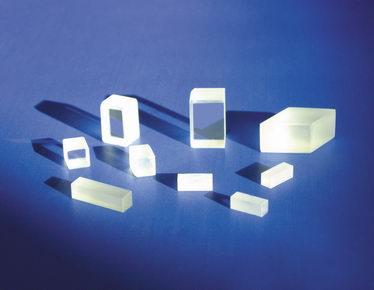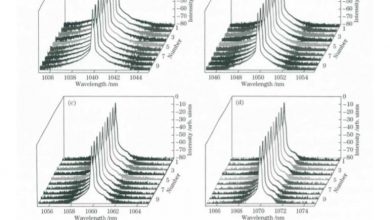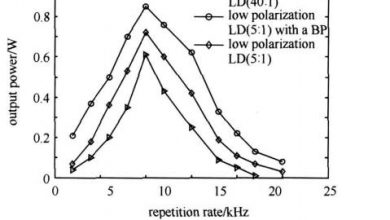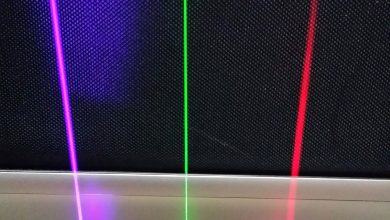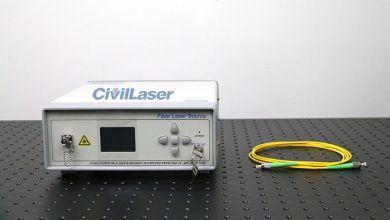Laser News
The New Laser Gain Material — Fast Heating and Cooling
It is reported that the University of California, San Diego (UCSD) researchers have developed a new laser material – Nd-doped alumina crystals, capable of emitting ultra-short (theoretically as low as 7.7 fs), high-power pulses, available For the production of smaller, more powerful lasers with excellent thermal shock resistance.To achieve this, engineers have devised a new material processing strategy to dissolve high concentrations of cerium ions into the alumina crystals. Finally, the first yttrium alumina laser gain medium in the field of laser materials research was produced.
Nd (dopant) and alumina (host material) are the two most widely used components of today’s most advanced solid-state laser materials. However, combining Nd and alumina to prepare laser media presents a major challenge: their size is incompatible. Alumina crystals usually contain small ions such as titanium or chromium, while Nd ions are too bulky.
The key to preparing a cerium alumina mixture is rapid heating and cooling of the two solids. Traditionally, researchers have made doped alumina by melting it with another material, and then slowly cooling the mixture to crystallize it. Elias Penilla, a postdoctoral researcher, said: “However, this process is too slow to use strontium ions as dopants because they tend to be stripped from the alumina body during crystallization.” So his solution is to speed up the heating and cooling steps. To prevent sputum ions from escaping.
The new process involves rapidly heating a pressurized mixture of alumina and cerium powder at a rate of 300 ° C/min until reaching 1260 °C. This temperature is sufficient to dissolve a high concentration of cerium into the alumina crystal lattice. The solid solution was held at this temperature for 5 minutes and then rapidly cooled at a rate of 300 ° C/min. The researchers used X-ray diffraction and electron microscopy to characterize the atomic structure of the yttrium alumina crystal. To demonstrate its laser capabilities, the researchers also optically pumped the crystal with 806 nm infrared light. This material emits amplified light with a wavelength of 1064 nm.
Through testing, the researchers also showed that the thermal shock resistance of bismuth alumina is 24 times higher than that of the leading solid-state laser gain material Nd:YAG. Mechanical engineering professor Javier Garay pointed out: “This means we can pump this material with more energy before the material breaks, so that it can be used to make more powerful lasers.”
The team is currently working on developing new lasers with this new material.


